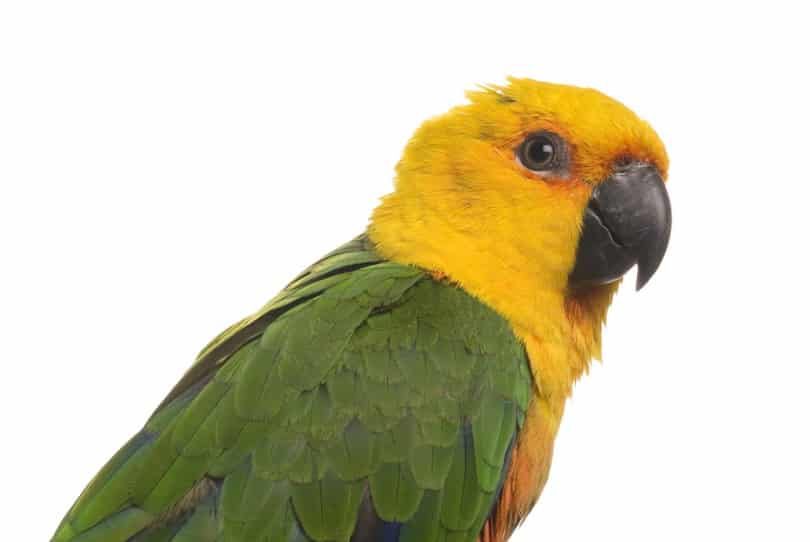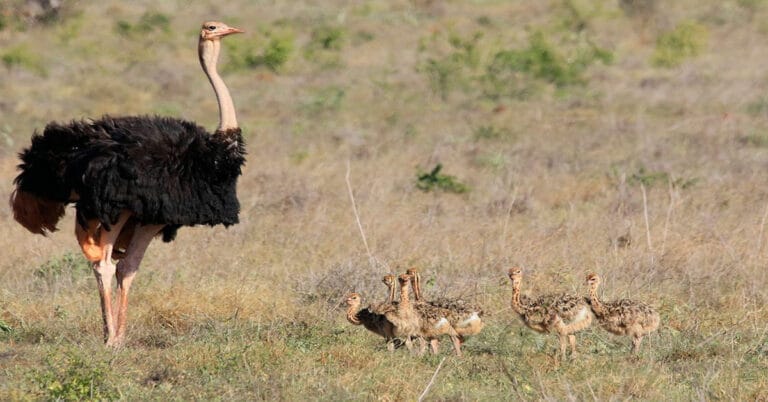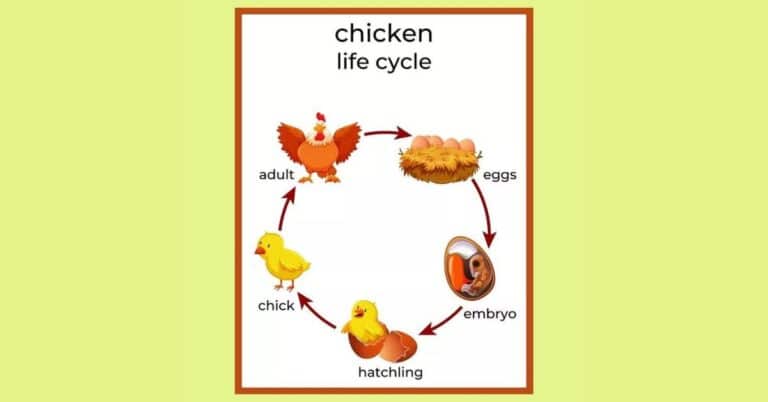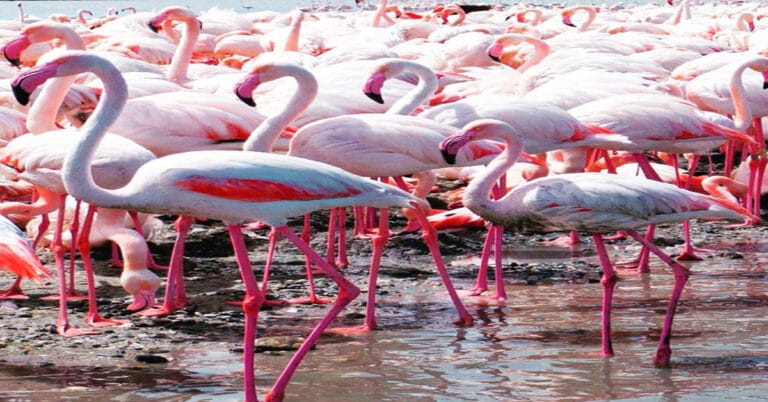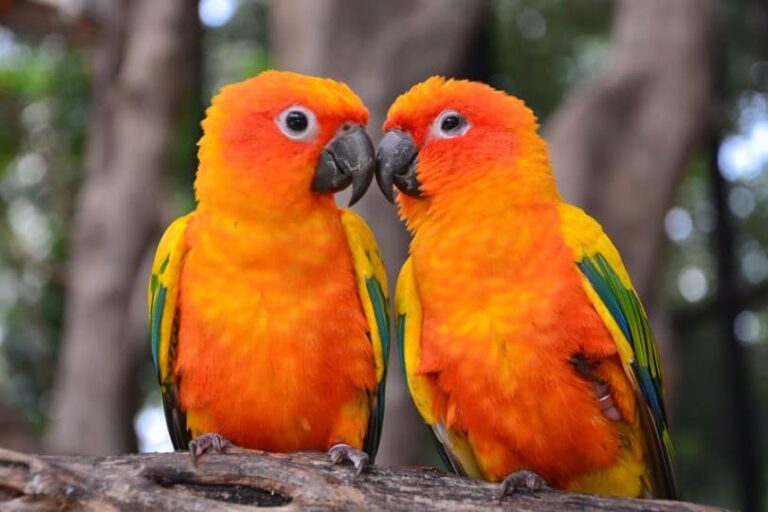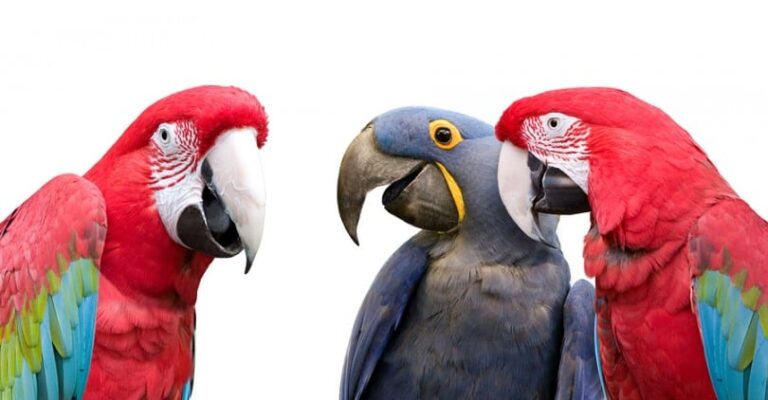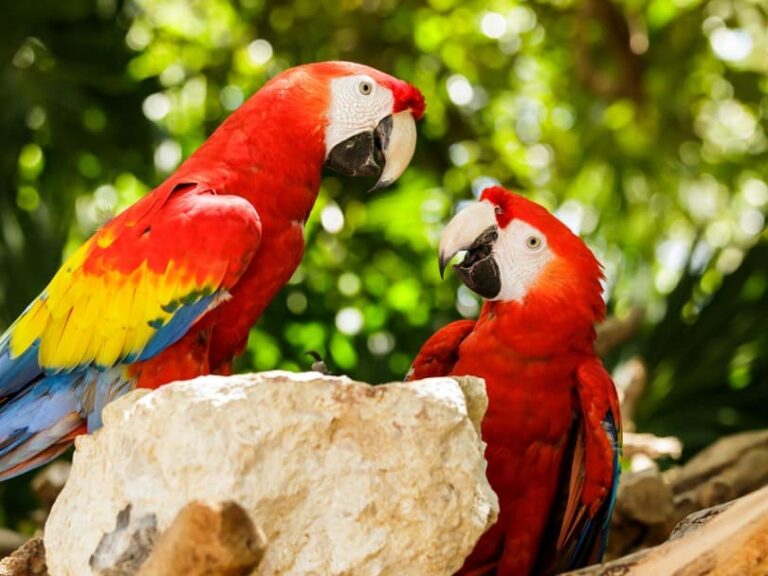Jenday Conure
The most generally found middle-size Conure is the Jenday Conure This Conure is next only to the Sun Conure in popularity, but not in its charm or individuality. The Jenday Conure is an associate of the Aratinga genus, which comprises the gold-capped, the Sun Conure, and Half-Moon or “Orange-Fronted Conure,” Mitred Conure and Blue-Crowned, Conure, all of which are glamorous, friendly and charismatic birds. For those in search of a big bird as a buddy, then the Aratinga Conure should be the right choice, even if you have a dearth of space for it. The deficiencies of the Jenday Conure birds as a whole are compensated by their affection, intelligence, and personality.
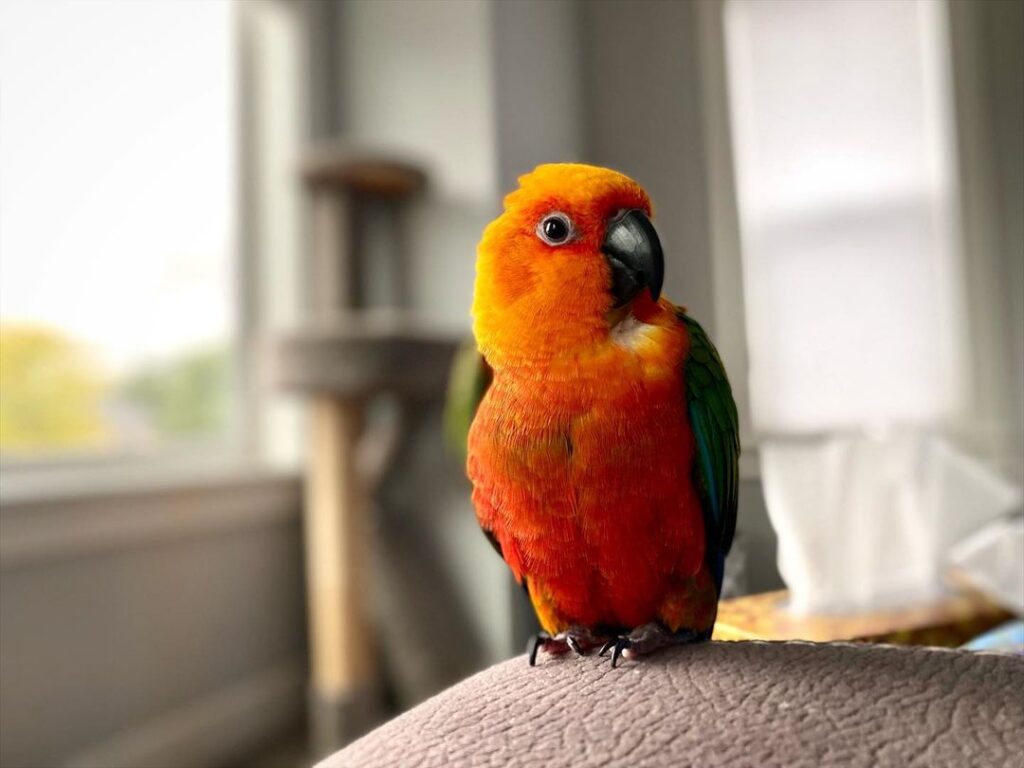
Description
The Jenday Conure is indigenous to the forests of the northeastern regions of Brazil. The Jenday Conure or the Jandaya Parakeet is a tiny parrot of the Neo tropical region, its tail is reddish with an orange tinted body, its wings are green in color, with neck and head yellow in color, its bill is black in color and cheeks orange colored. This beautiful bird with 12 inches, of radiant green and orange colored feathers is a great pet. One problem is that these Conures are too loud; however, in practice, most of those who own these birds are accustomed to their loud voice. In general the Conures are one among the excellent watch birds, ever found vigilant and calling your attention to anything unfamiliar. In case there is a busy activity in your home with the bustle of children and other pets, the Jenday Conure will blend well with the situation. In case they are placed before a window they alert you by screaming when they suspect some danger (actually or not), is it a passing squirrel, stray cat, wild birds, etc. Even though the Sun Conure’s colors are superior, the Jenday Conures have its head colored gold and brilliant yellow and their ears and eyes colored with a blend of brilliant orange. Their underbelly is colored a deep orange which fades toward the neck and head to a pale orange and yellow color. The color of their tail, and to some extent, their flight feathers are colored dark blue, whereas their outer wings and back is colored vibrant green.
Habitat
In the North east regions of Brazil, in the states of Maranhao, Ceara, Piaui and Tocantins and parts of Para, you find a very extensive range of these birds. You find them in the palm groves and the plain forest lands..
Reproduction
If the correct size of the aviary is available, they breed without any difficulty. These birds require, either to be sexed surgically for a definite purpose or they need a DNA. The color of the female’s iris is pale brown with a whitish gray eye ring. The irises of the males are perfectly white. The females lay 3 to 4 eggs; they incubate these for a period of 26 days. The babies are fed by the male and the female. The babies develop feathers (leaving the nest) within 2 months. The ideal size of the nest box is 21.5 x 10 x 11“(55 x 25 x 28 cm), having a 2.75 “(7 cm) aperture. The parents chew the opening and adjust it to their will.
Jenday Conure at Home
Cage
- A crucial part of its health is being fit which it needs a cage of sufficient size, if possible, normally, a cage size of 36” x 24” x 24 “L x B x H will be fine. This bird is about the same size of a cockatiel; but a cockatiel cage is insufficient. Keeping such an energetic bird in a cage with insufficient space, causes self-mutilation and normally it becomes cranky.
- Jenday Conures prefer a spacious cage! The ideal size of the Conure’s cage is, one in which its tail never reaches the bottom of the cage. Moreover, they must have sufficient freedom of movement.
- Where the Conure is tiny, the smallest size of the cage is 24” x 26” x 20” (60 x 40 x 50 cm) and for bigger varieties, never decrease the size from 44” x 26” x 40”) (120 x 65 x 100 cm), such a sized cage permits the bird to exercise in the horizontal direction as well as in climbing vertically.
Bird Perch:
Facilitate the cage with two perches of size ¾” to 1” (2 to 2.5cm), keeping one high up for the purpose of roosting and the other low near the water, food and gravel dishes. An ideal perch is a natural one obtained from fruit trees, popular and willow, they are safe for the bird’s beak and feet. Jenday Conure gnaws on the perches, this also reduces the monotony of your pets
The position of the Conure cages:
Position the Conure cage in a place far from drafts and harmful fumes. Keep the cage covered at night, this will ensure that bird that it is safe.
Aviary:
A cage arranged in a room is an indoor aviary. A bird room with corn cob or sand over a tiled floor is an inside aviary. A breeding aviary or an outdoor aviary requires a secluded place where it is possible to heat and cool when the necessity arises. An aviary of size 10 times the bird’s length and height and width of 6 feet (2 m) is an ideal size
Food
Jenday Conures are known as chewers; they require branches and toys to fulfill their craving for chewing. They feed on different sprouts, fruits, nuts, vegetables and pellets obtained in the market, and also the nutritional food which humans eat.
Diet: Give your Conure a balanced diet of pellets and seeds, do not limit the bird’s diet to this only. Mixing vegetables and fresh fruits with this diet is essential. It is super to give your parrot minced kiwis, carrots or melons. Fresh pieces of broccoli or carrots are a good source of vegetables. These birds relish, corn on the cob also.
Care
The well being of the Jenday Conure is important; watching its health helps to observe its illness, if any. The majority of Jenday Conures are hardy and healthy birds. By giving them a balanced diet and maintaining them under most preferable conditions is a good measure of keeping them healthy and free of diseases. In general all parrots show symptoms of illness and it is for us to notice and remedy.
Symptoms of illnesses are: ruffled plumage, abstaining from food, taking a rest by tucking their heads inside their wings, cloudy eyes, discharge from their mouth or nostrils, loss of weight (chest bone begins projecting out), loose liquid droppings, struggling for breath, consuming a lot of water, listlessness, keeping its mouth open and closed, taking rest below the cage, growths all over the beak and keeping silence.
Problems relating to its behavior initiate from the absence of certain items in and around it. Certain birds in particular are susceptible to pluck their feathers as a sign of the need for mingling, lack of confidence, monotony, want of socializing with other people or other birds, leading to screaming, feather plucking and biting. Entertain your Jenday Conure and develop its confidence in you, this will keep it free from troubles. Try to develop a bond of trust and spend time with your Jenday Conure to help avoid these problems. You can also have good success with Chet Womach’s Parrot Training Course that is a free 3-day introductory course. So you can try it out before you buy anything.

Having discovered a fondness for insects while pursuing her degree in Biology, Randi Jones was quite bugged to know that people usually dismissed these little creatures as “creepy-crawlies”.

